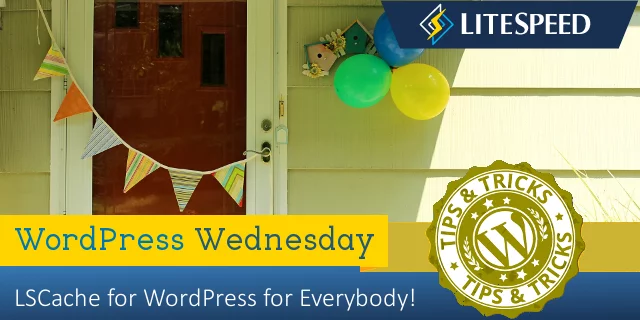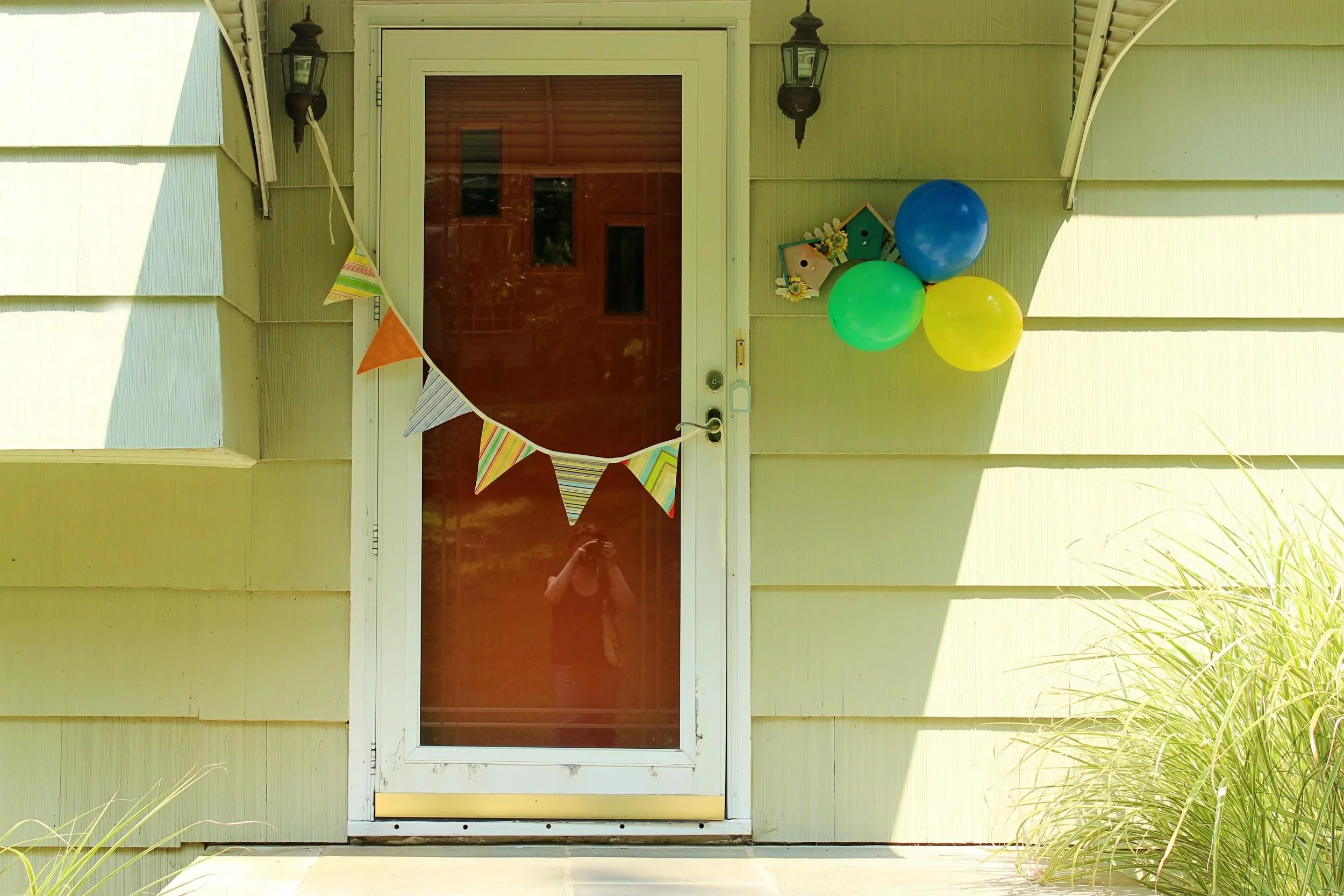WpW: LSCache for WordPress for Everybody!

Welcome to another installment of WordPress Wednesday!
Today’s topic is: Using the LSCache plugin without LiteSpeed Web Server
Disclaimer: The information contained in this post is accurate for LSCWP v2.1 [release log]. If you are using a newer version of the plugin, some details may have changed. Please refer to our wiki for the latest!
Did you know that this is our 45th WordPress Wednesday article? Yep! We’ve been at it for nearly a year now. Often during that time, we’ve explored LSCWP’s inner workings. We’ve frequently repeated how closely-connected the plugin is to LiteSpeed’s web server products, and how the plugin just does not work without the server!
Well, surprise, surprise! This week marks a significant departure from that message…
The Big News
You no longer need a LiteSpeed Web Server to use LSCache for WordPress.
Wait, what?
Really. It’s true. We have taken some of the optimization features that are not related to caching, and made them available for use by anyone. No LiteSpeed server required.
You will still, of course, need a LiteSpeed server with the LSCache module enabled in order to use the page-caching features of the plugin. This goes back to what we have talked about many times before: LSCache is a server-level cache, and the plugin provides an interface which you can use to control that cache. This is still true.
But now we are welcoming users from all web server backgrounds to give LSCWP’s optimization features a try!
Welcome to LSCache for WordPress

If you’re new here, Welcome! Here’s a handy guide to the LSCWP optimization features as of this writing.
The General Features may be used by anyone using any web server.
The LiteSpeed Exclusive Features continue to require a LiteSpeed server with the LSCache module enabled. (If you want to try these features, why not get a 15-day LiteSpeed Web Server trial license?)
General Features
- Object Cache (Memcached/LSMCD/Redis)
- Image Optimization (Lossless/Lossy)
- Minify CSS, JavaScript, and HTML
- Minify inline CSS/JS
- Combine CSS/JS
- Automatically generate Critical CSS
- Lazyload images/iframes
- Multiple CDN support
- Load CSS/JS Asynchronously
- Browser Cache
- Smart preload crawler with support for SEO-friendly sitemap
- Database Cleaner and Optimizer
- PageSpeed score optimization
- OPcode Cache
- HTTP/2 Push for CSS/JS (on web servers that support it)
- DNS Prefetch
- Cloudflare API
- Single Site and Multi Site (Network) support
- Import/Export settings
- Basic/Advanced setting view
- Attractive, easy-to-understand interface
- WebP image format support
- Heartbeat control
LiteSpeed Exclusive Features
- Automatic page caching to greatly improve site performance
- Automatic purge of related pages based on certain events
- Private cache for logged-in users
- Caching of WordPress REST API calls
- Separate caching of desktop and mobile views
- Ability to schedule purge for specified URLs
- WooCommerce and bbPress support
- WordPress CLI commands
- Simple API system for each cache integration
- Exclude from cache by URI, Category, Tag, Cookie, User Agent
- HTTP/2 & QUIC support (QUIC not available in OpenLiteSpeed)
- ESI (Edge Side Includes) support (Not available in OpenLiteSpeed)
This list is subject to change in the future, so keep an eye on our wiki for the most current configuration. (All of these features, by the way, are documented in that wiki, too.)
Remember, the LiteSpeed Cache plugin for WordPress is free and open source. Download it and give it a try today!
—
Have some of your own ideas for future WordPress Wednesday topics? Leave us a comment!
Don’t forget to meet us back here next week for the next installment. In the meantime, here are a few other things you can do:
- Subscribe to the WordPress Wednesday RSS feed
- Download LiteSpeed Cache for WordPress plugin
- Learn more about the plugin on our website

Comments